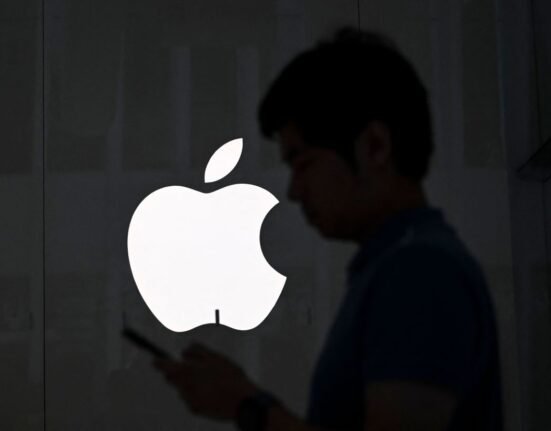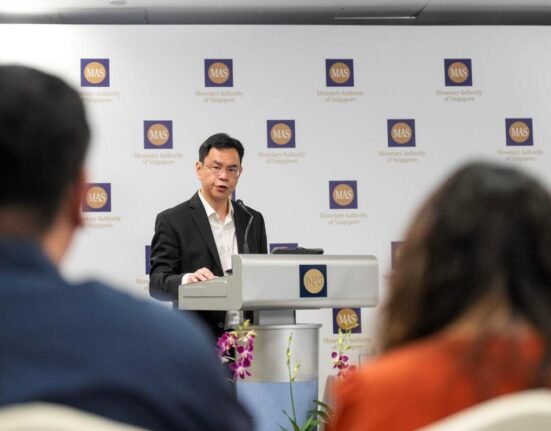Q: Tim, can you provide a framework for thinking about tariffs on the revenue side and how they might affect your ability to take market share? A: Tim Breen, CEO: We haven’t seen significant short-term impacts from tariffs on orders. However, for the second half of 2025 and into 2026, the broader impact remains uncertain. Our manufacturing footprint offers customers optionality, especially in the US, where there’s increased interest in domestic sourcing. This interest spans sectors like automotive, aerospace, defense, data centers, and communications infrastructure. Our investments in flexible manufacturing, with technologies qualified in multiple fabs, position us well for long-term tailwinds.
Q: How should we think about ASPs for the rest of the year, and what levers are you pulling to maintain gross margins? A: John Hollister, CFO: ASPs are expected to decline mid-single digits due to product mix changes. However, gross margins are maintained through better utilization, depreciation cost roll-off, structural cost improvements, and favorable product mix. Tim Breen added that pricing for differentiated technologies remains constructive, as competition is based on features and time to market rather than price.
Q: Can you elaborate on the growth trajectory for your communications infrastructure and data center business? A: Tim Breen, CEO: We expect high-teens growth for this segment in 2025, driven by substantial investments in data centers and GF’s positioning for increased data and power requirements. Our solutions span silicon germanium platforms, pluggable silicon photonics, and co-packaged optics. Niels Anderskouv, COO, added that silicon photonics is our fastest-growing area, with strong technology integration and customer momentum.
Q: Is exiting 2025 at 30% gross margin still the target, and what factors contribute to this goal? A: Tim Breen, CEO: Yes, we aim to exit 2025 at 30% gross margin. Key factors include ramping differentiated technologies, deepening customer relationships, and leveraging our manufacturing footprint for accretive flow-through from top-line growth. John Hollister, CFO, noted that improved utilization, depreciation cost reduction, and favorable product mix also support this target.
Q: How do you view inorganic growth opportunities, and what is your strategy for M&A? A: Tim Breen, CEO: Our M&A strategy aligns with our focus on differentiated essential chip technologies and customer needs. We look for opportunities to enhance our existing offerings, particularly in technology and capabilities. While nothing critical is needed to execute our strategy, we remain opportunistic about accelerating growth through strategic acquisitions.
For the complete transcript of the earnings call, please refer to the full earnings call transcript.
This article first appeared on GuruFocus.







